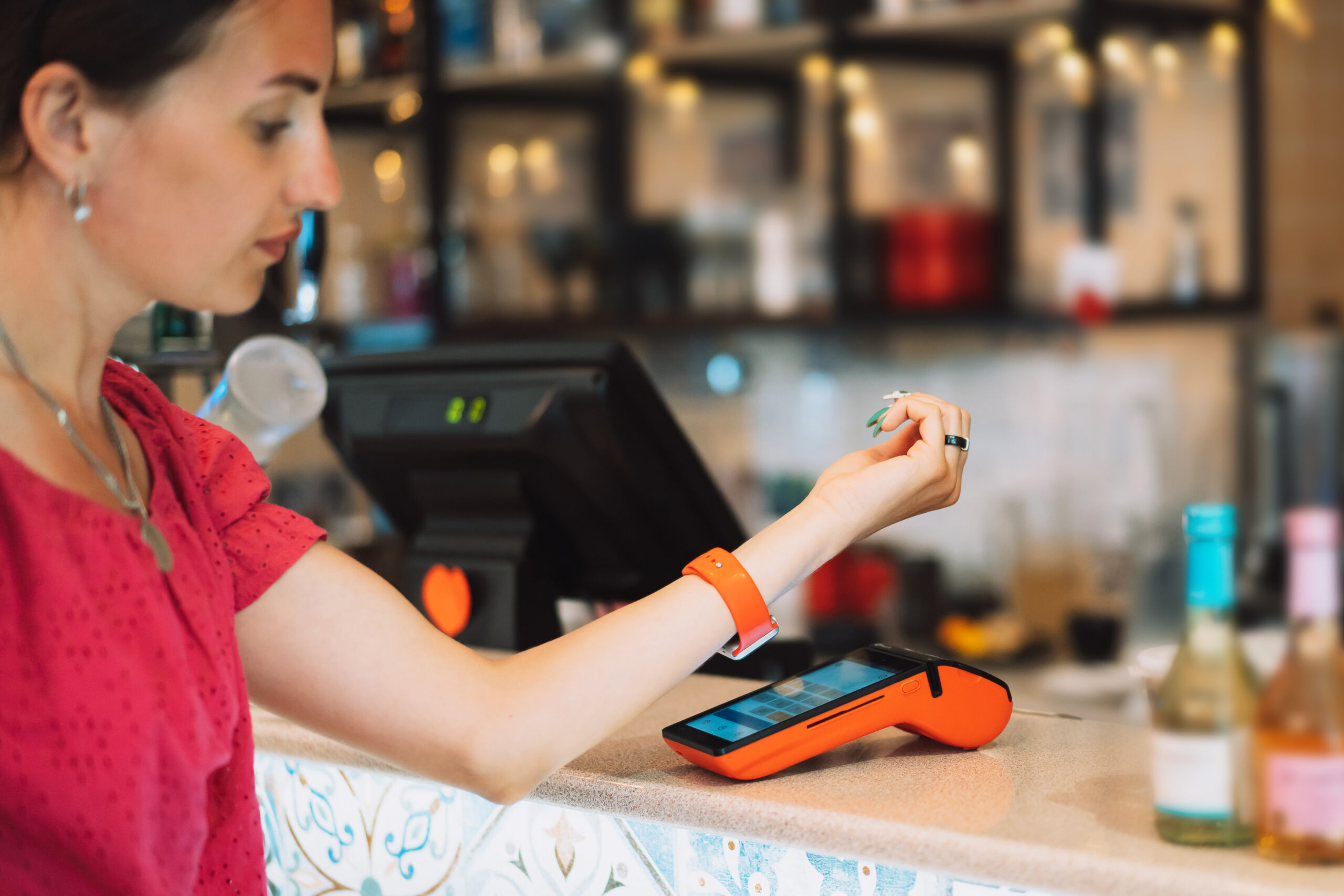If you’re running a small business in 2025, you’ve probably felt the pressure to keep up with all the new tech tools out there. Fortunately, you don’t have to figure it out alone. The latest Verizon Business State of Small Business Survey offers a look at how other small businesses are using technology to save time, connect with customers, and improve their bottom line.
From AI-powered marketing tools to contactless payment systems and strategic use of social media, there are more ways than ever to work smarter, not harder. Here are some practical tips you can use right away to help you decide which tech is worth your time and investment.
Jump to:
- Key Findings from the Survey
- How Small Businesses Can Leverage Technology
- Real-World Examples of Small Business Tech
- Final Word
Key Findings from the 2025 Verizon Business Survey
Growth Through Technology Adoption
Small businesses are stepping up their digital game:
- 47% of small and medium-sized businesses (SMBs) implemented new technology in the past year to enhance security for increasingly digital operations.
- 58% introduced new products or services tailored to meet changing customer needs.
These numbers show a clear trend: Technology adoption is driving business agility and growth.
According to Aparna Khurjekar, Chief Revenue Officer, Business Markets and SaaS, at Verizon Business, tools such as AI-powered marketing platforms, cloud collaboration apps, and modern payment systems are seeing the strongest ROI.
“These tools are helping small businesses streamline operations, improve customer engagement, and ultimately drive growth,” she says, “making them wise investments for businesses looking to stay competitive.”
AI Integration on the Rise
AI continues to reshape how SMBs operate:
- 38% of small businesses are actively using AI across various functions. Key applications include:
- Marketing and social media (28%)
- Written communications (24%)
- Customer service via AI-powered digital assistants (24%)
- Cybersecurity enhancements (25%)
This decreasing skepticism toward AI shows a clear shift as business owners grow more familiar with its benefits.
“Small businesses should start with manageable tools that address their specific pain points,” Khurjekar says. She recommends AI assistants and automated marketing solutions to cut costs while boosting productivity.
Modernizing Payment Systems
Shoppers expect seamless transactions, and businesses are adapting accordingly:
- 58% of SMBs have upgraded or are planning to upgrade their payment processing systems within the next six months.
- Adoption of 5G networks for contactless payments in retail jumped from 34% last year to 40% this year.
Contactless payments aren’t just convenient for consumers — they’re vital for businesses looking to streamline POS.
Social Media’s Impact
Social media continues to be a game-changer for small businesses:
- 82% of businesses use Facebook to engage customers, followed by 71% leveraging YouTube.
- TikTok usage grew to 58%, demonstrating how SMBs are tapping into trends to engage younger demographics.
However, challenges persist: Over half of SMBs reported struggling to keep their content fresh and updated, with 54% indicating difficulty in creating enough content to support their online presence.
How Small Businesses Can Leverage Technology
There are tons of ways small businesses can use technology to boost profits. Here are some ways tech can help you make the most of your time and money:
AI-Powered Marketing Tools
AI marketing platforms automate outreach and analyze campaign performance, enabling businesses to target customers with precision. For instance, Copy.ai lets you generate high-quality marketing content quickly and affordably.
Modernized Payment Systems
Upgrading to 5G-enabled payment systems allows for faster, more secure checkout processes. Tools like Square and Stripe provide small businesses with versatile, easy-to-use solutions that offer contactless payment options.
AI-Enabled Chatbots for Customer Service
Improve customer satisfaction with chatbots that provide instant support. Zendesk, Tidio, and similar platforms harness AI to handle repetitive queries, freeing up human agents for more complex tasks.
AI Assistants for Work Efficiency
Simplify administrative tasks with AI-powered assistants like Google Assistant or Amazon Alexa for Business. These tools help business owners schedule meetings, set reminders, and manage daily workflows efficiently.
Strengthening Cybersecurity Measures
With growing digital operations comes the increased threat of cyberattacks. Safeguarding data and systems must be a top priority.
- Multifactor Authentication (MFA): Add an extra layer of security to business accounts.
- Regular Software Updates: Ensure that all systems and applications are updated to the latest security standards.
- Employee Training: Equip employees with knowledge about phishing attacks and other security risks.
- Frequent Data Backups: Regularly back up important files to secure cloud storage.
“In 2025, every small business owner should adopt a ‘zero trust’ mindset,” emphasizes Khurjekar. This approach requires verification of all users and devices to minimize cybersecurity threats.
Real-World Examples of Small Business Tech in Action
Retailers
Small retailers are tapping into 5G to revolutionize their operations:
- Contactless payment systems powered by 5G ensure smoother and quicker transactions, reducing checkout times.
- Real-time inventory management helps businesses maintain better stock control and make data-driven purchasing decisions.
Food Service Industry
Restaurants and cafes are leveraging technology to enhance the customer experience:
- Mobile POS systems streamline order processing and enable tableside payments.
- Delivery tracking systems powered by 5G provide customers with updates in real-time, boosting satisfaction and loyalty.
A Final Word on Small Business Tech
Technology holds immense potential to transform small businesses, from streamlining daily operations to opening up new revenue streams. Small businesses that proactively invest in tools like AI, social media, and payment systems are reaping the rewards.






